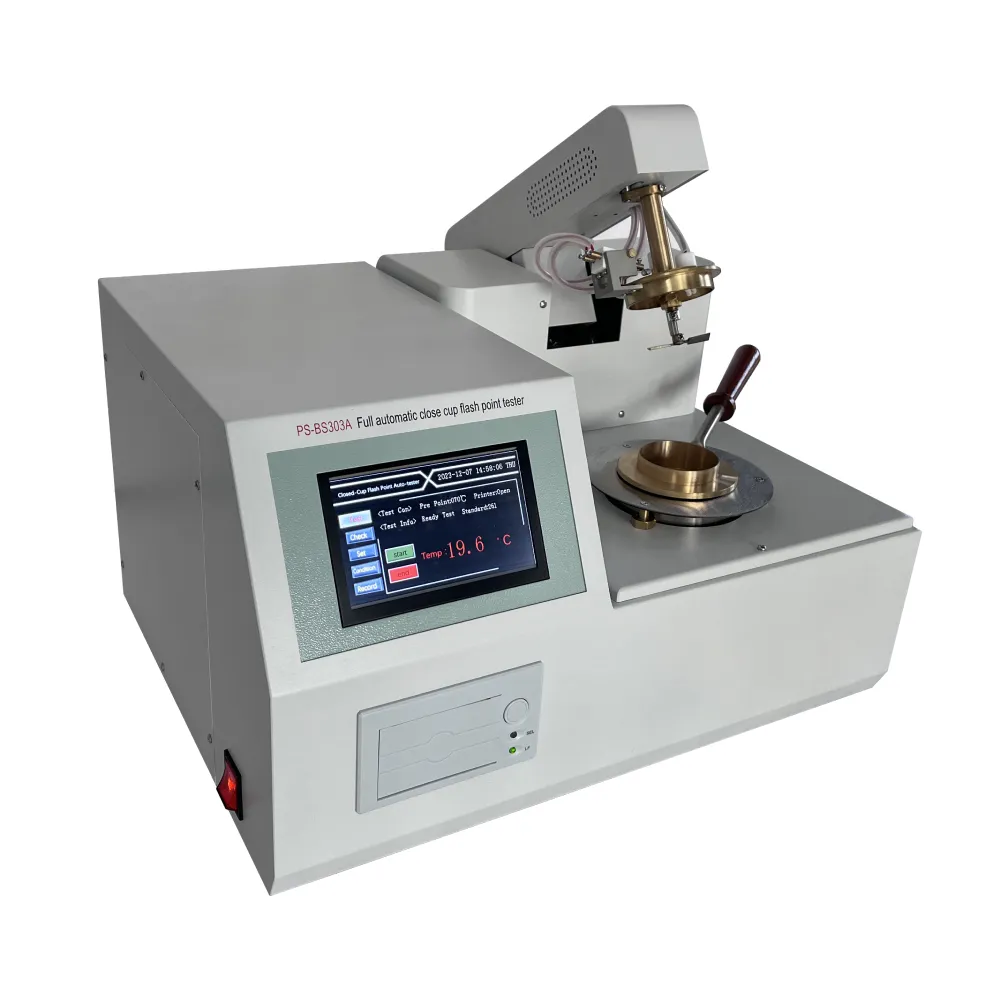 English
English



-
 Afrikaans
Afrikaans -
 Albanian
Albanian -
 Amharic
Amharic -
 Arabic
Arabic -
 Armenian
Armenian -
 Azerbaijani
Azerbaijani -
 Basque
Basque -
 Belarusian
Belarusian -
 Bengali
Bengali -
 Bosnian
Bosnian -
 Bulgarian
Bulgarian -
 Catalan
Catalan -
 Cebuano
Cebuano -
 China
China -
 China (Taiwan)
China (Taiwan) -
 Corsican
Corsican -
 Croatian
Croatian -
 Czech
Czech -
 Danish
Danish -
 Dutch
Dutch -
 English
English -
 Esperanto
Esperanto -
 Estonian
Estonian -
 Finnish
Finnish -
 French
French -
 Frisian
Frisian -
 Galician
Galician -
 Georgian
Georgian -
 German
German -
 Greek
Greek -
 Gujarati
Gujarati -
 Haitian Creole
Haitian Creole -
 hausa
hausa -
 hawaiian
hawaiian -
 Hebrew
Hebrew -
 Hindi
Hindi -
 Miao
Miao -
 Hungarian
Hungarian -
 Icelandic
Icelandic -
 igbo
igbo -
 Indonesian
Indonesian -
 irish
irish -
 Italian
Italian -
 Japanese
Japanese -
 Javanese
Javanese -
 Kannada
Kannada -
 kazakh
kazakh -
 Khmer
Khmer -
 Rwandese
Rwandese -
 Korean
Korean -
 Kurdish
Kurdish -
 Kyrgyz
Kyrgyz -
 Lao
Lao -
 Latin
Latin -
 Latvian
Latvian -
 Lithuanian
Lithuanian -
 Luxembourgish
Luxembourgish -
 Macedonian
Macedonian -
 Malgashi
Malgashi -
 Malay
Malay -
 Malayalam
Malayalam -
 Maltese
Maltese -
 Maori
Maori -
 Marathi
Marathi -
 Mongolian
Mongolian -
 Myanmar
Myanmar -
 Nepali
Nepali -
 Norwegian
Norwegian -
 Norwegian
Norwegian -
 Occitan
Occitan -
 Pashto
Pashto -
 Persian
Persian -
 Polish
Polish -
 Portuguese
Portuguese -
 Punjabi
Punjabi -
 Romanian
Romanian -
 Russian
Russian -
 Samoan
Samoan -
 Scottish Gaelic
Scottish Gaelic -
 Serbian
Serbian -
 Sesotho
Sesotho -
 Shona
Shona -
 Sindhi
Sindhi -
 Sinhala
Sinhala -
 Slovak
Slovak -
 Slovenian
Slovenian -
 Somali
Somali -
 Spanish
Spanish -
 Sundanese
Sundanese -
 Swahili
Swahili -
 Swedish
Swedish -
 Tagalog
Tagalog -
 Tajik
Tajik -
 Tamil
Tamil -
 Tatar
Tatar -
 Telugu
Telugu -
 Thai
Thai -
 Turkish
Turkish -
 Turkmen
Turkmen -
 Ukrainian
Ukrainian -
 Urdu
Urdu -
 Uighur
Uighur -
 Uzbek
Uzbek -
 Vietnamese
Vietnamese -
 Welsh
Welsh -
 Bantu
Bantu -
 Yiddish
Yiddish -
 Yoruba
Yoruba -
 Zulu
Zulu
power factor testing circuit breakers
Understanding Power Factor Testing in Circuit Breakers
Power factor testing is a critical process in the maintenance and evaluation of circuit breakers, especially in industrial and commercial applications. This testing provides valuable insights into the performance and operational efficiency of the electrical systems. In this article, we will explore the significance of power factor testing, the methods employed, and its implications for circuit breakers.
What is Power Factor?
Power factor (PF) is a measure of how effectively electrical power is being converted into useful work output. It is defined as the ratio of real power (measured in watts) to apparent power (measured in volt-amperes). A power factor value of 1 (or 100%) indicates that all the energy supplied is being used effectively. Conversely, a lower power factor indicates that a portion of the energy is wasted, leading to inefficiencies in the system.
Importance of Power Factor Testing
Power factor testing is essential for several reasons
1. Efficiency Assessment A low power factor indicates inefficiencies in the electrical system that can lead to increased energy costs. By testing the power factor, maintenance personnel can identify potential issues and take corrective actions to improve efficiency.
2. Equipment Longevity Circuit breakers are designed to operate within specific power conditions. A poor power factor can result in overheating and premature failure of circuit breakers. Regular testing helps in ensuring the longevity of these devices.
3. Load Balancing Power factor testing can highlight imbalances in load distribution across phases, which can adversely affect system stability and performance.
4. Regulatory Compliance Many industries are required to maintain a certain power factor for regulatory compliance. Power factor testing helps organizations meet these requirements and avoid penalties.
Methods of Power Factor Testing
There are various methods to perform power factor testing on circuit breakers, including
power factor testing circuit breakers

1. Insulation Resistance Testing This method helps determine the quality of insulation within the circuit breaker by applying a high DC voltage. A low insulation resistance might indicate potential issues affecting the power factor.
2. Capacitance and Power Factor Testing This technique directly measures the capacitance and power factor of the circuit breaker’s insulation. It helps assess the health of the insulation material and provides critical data that may suggest replacement or repair needs.
3. Dissipation Factor Testing This tests the ability of the circuit breaker insulation to handle voltage stresses and provide reliable service over time. A high dissipation factor could indicate insulation deterioration.
4. Thermal Imaging While not a direct power factor test, thermal imaging can identify hot spots caused by poor connections or overloaded circuits, which may indirectly affect the power factor.
Implications for Circuit Breaker Performance
The results from power factor testing can significantly influence operational decisions
- Preventive Maintenance Regular testing allows for preventive measures to be taken well in advance of failures, increasing overall reliability.
- Replacement Planning If testing indicates consistent low power factor readings, it may be prudent to replace aging circuit breakers before they lead to downtime or failures.
- System Upgrades Businesses can use power factor data to justify investments in newer, more efficient equipment or power factor correction devices, leading to lower energy costs and improved performance.
Conclusion
Power factor testing is a vital part of maintaining efficient and reliable operation of circuit breakers in any electrical system. By understanding its significance and employing appropriate testing methods, organizations can enhance their equipment's performance, extend its lifespan, and save on energy costs. Regular assessments and timely interventions can lead to a more robust electrical infrastructure, minimizing unexpected outages and operational disruptions.
-
Testing Equipment Industry Sees Major Advancements in 2025: Smart & Precision Technologies Lead the WayNewsJun.06,2025
-
Applications of Direct Current Generators in Renewable Energy SystemsNewsJun.05,2025
-
Hipot Tester Calibration and Accuracy GuidelinesNewsJun.05,2025
-
Digital Circuit Breaker Analyzer Features and BenefitsNewsJun.05,2025
-
Benefits of Real-Time Power Quality Monitoring Devices for Industrial EfficiencyNewsJun.05,2025
-
Earth Fault Loop Testing in High-Rise Building Electrical SystemsNewsJun.05,2025



